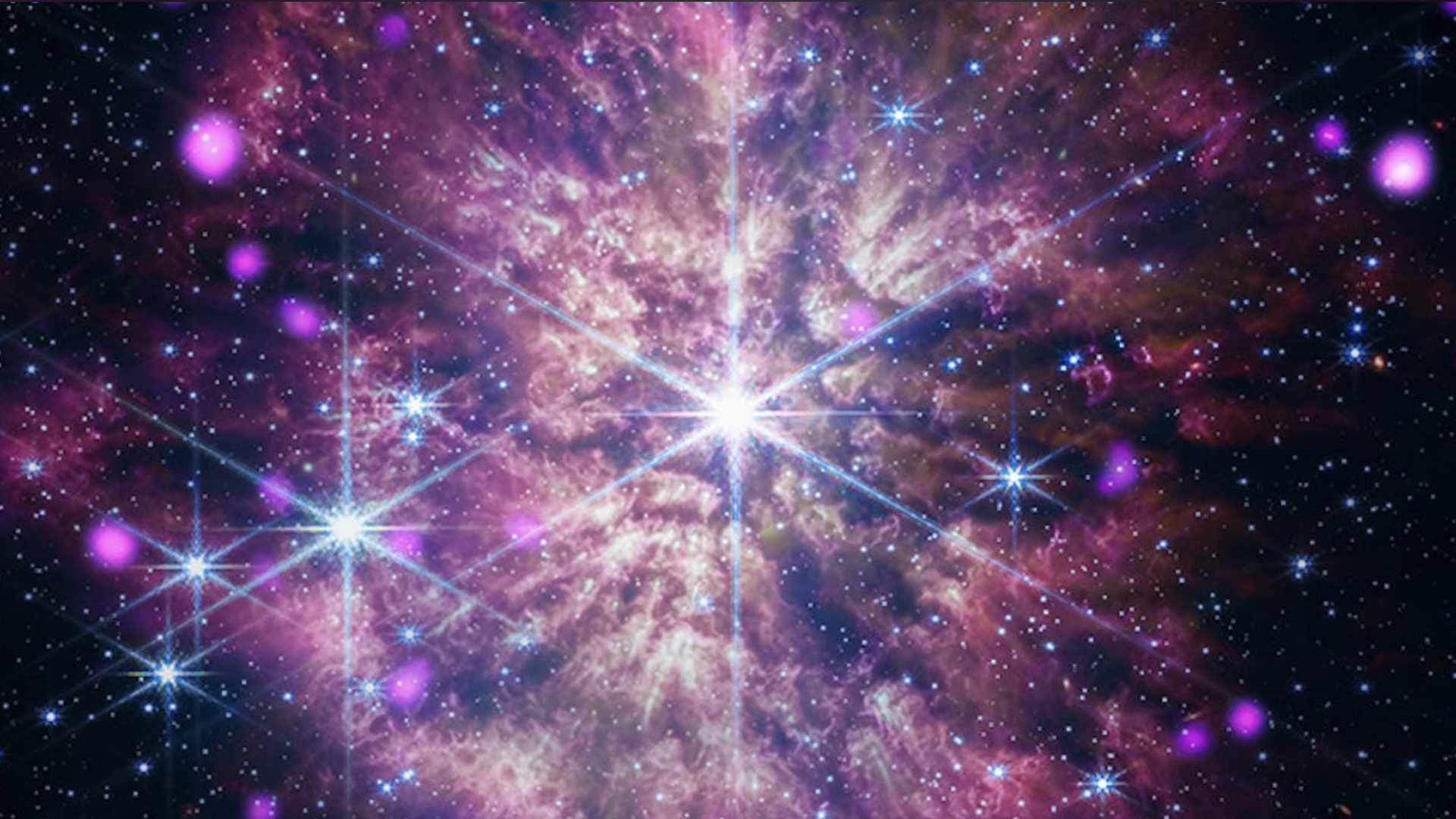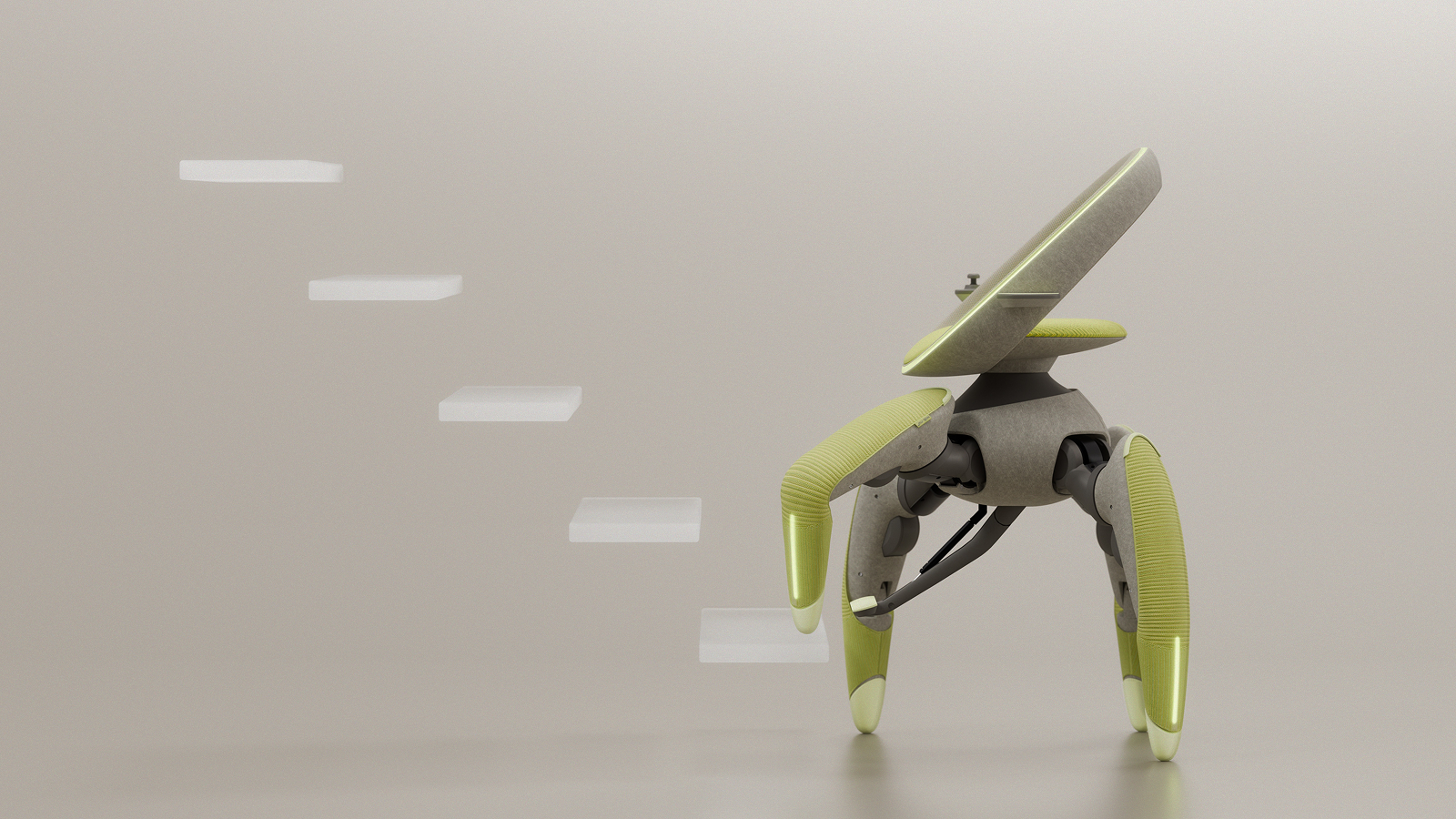dark matter
Latest about dark matter
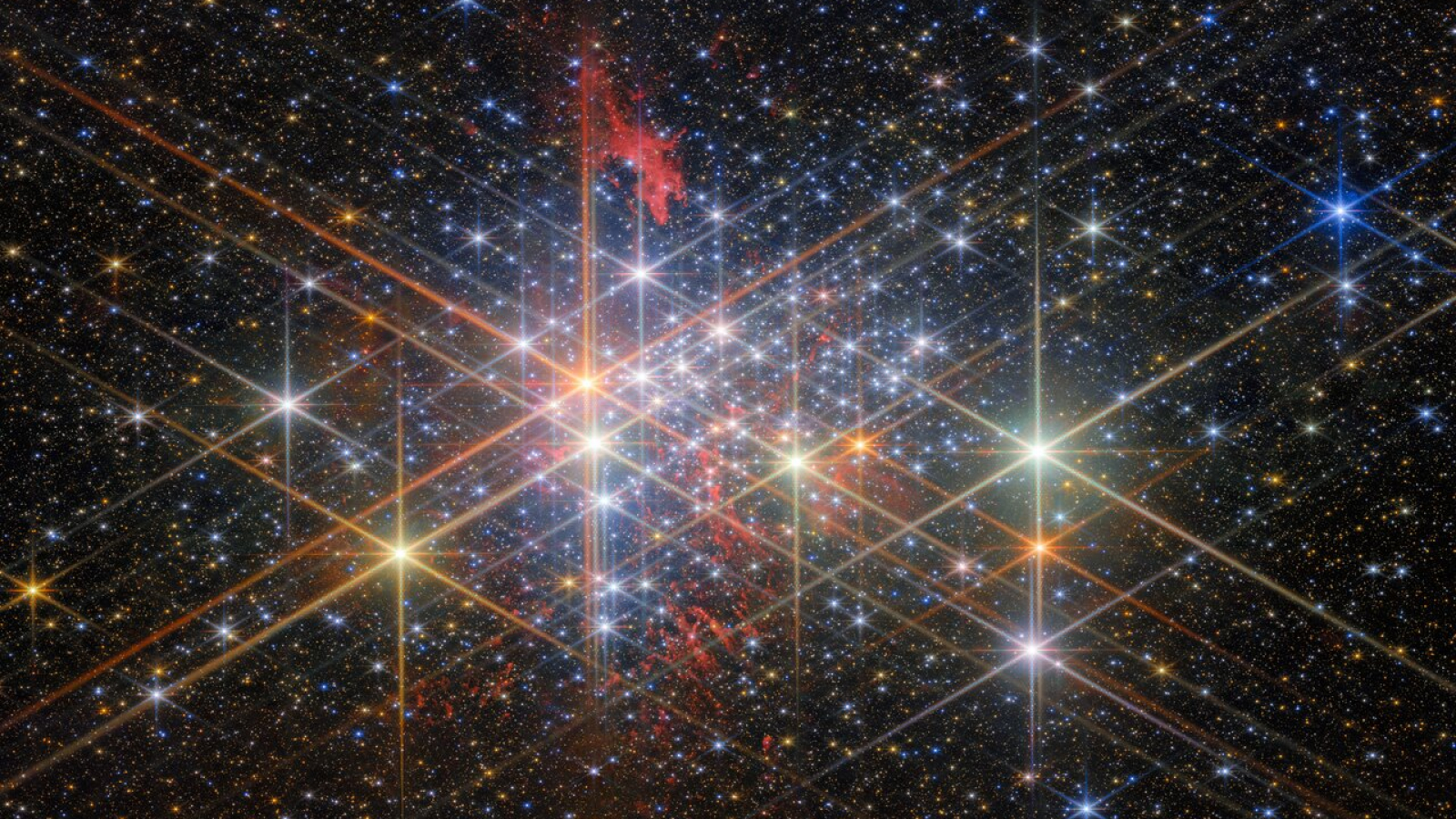
James Webb telescope confirms we have no idea why the universe is growing the way it is
By Ben Turner published
Astronomers can't agree how fast our cosmos is expanding. A new James Webb Space Telescope study has made the crisis even worse.
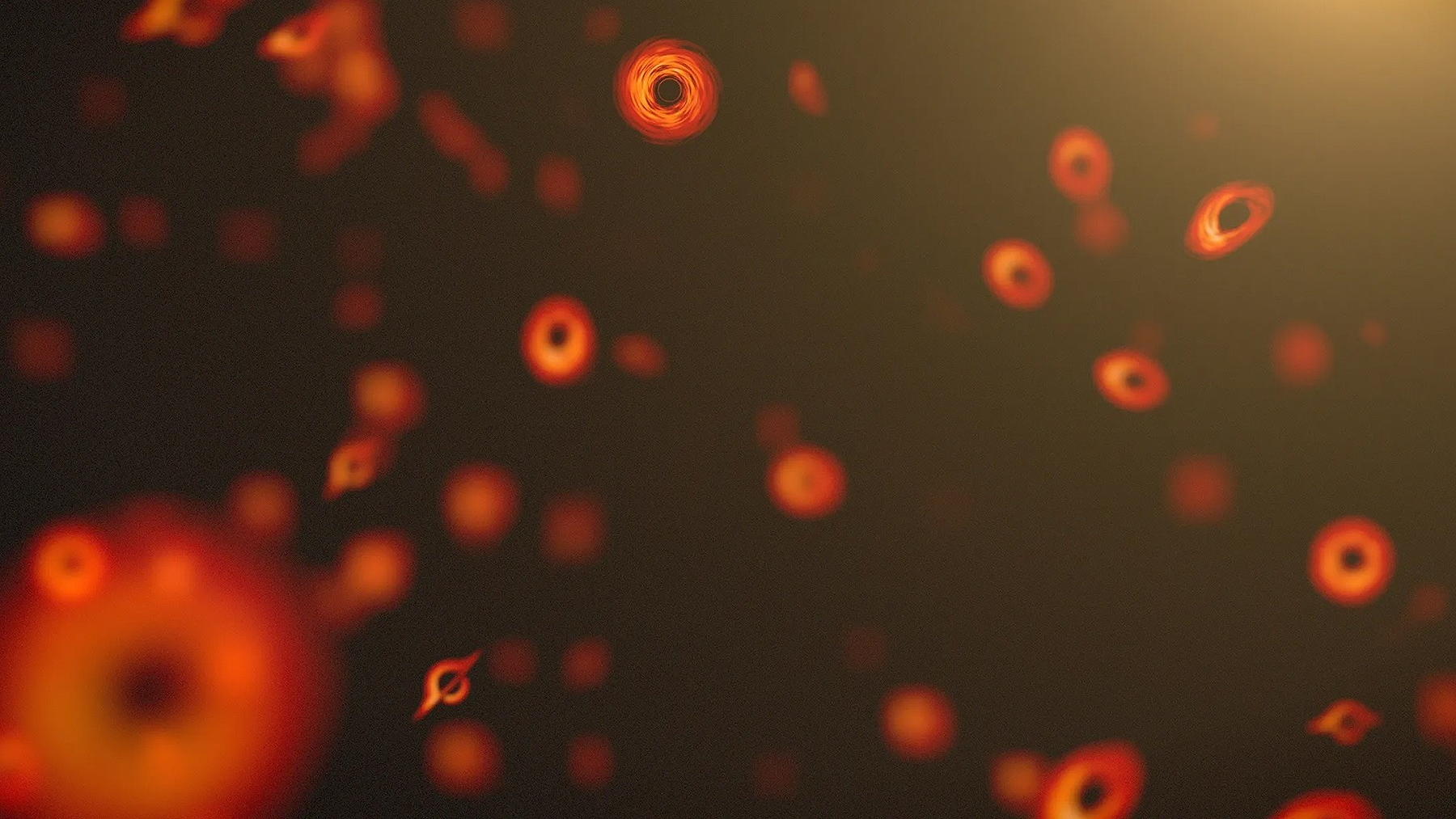
Miniature black holes could be hollowing out planets and zipping through our bodies, new study claims
By Ben Turner published
Some physicists say the lingering questions about our universe could be solved by hypothetical objects called primordial black holes. New research claims the evidence of their existence could be right here on Earth.
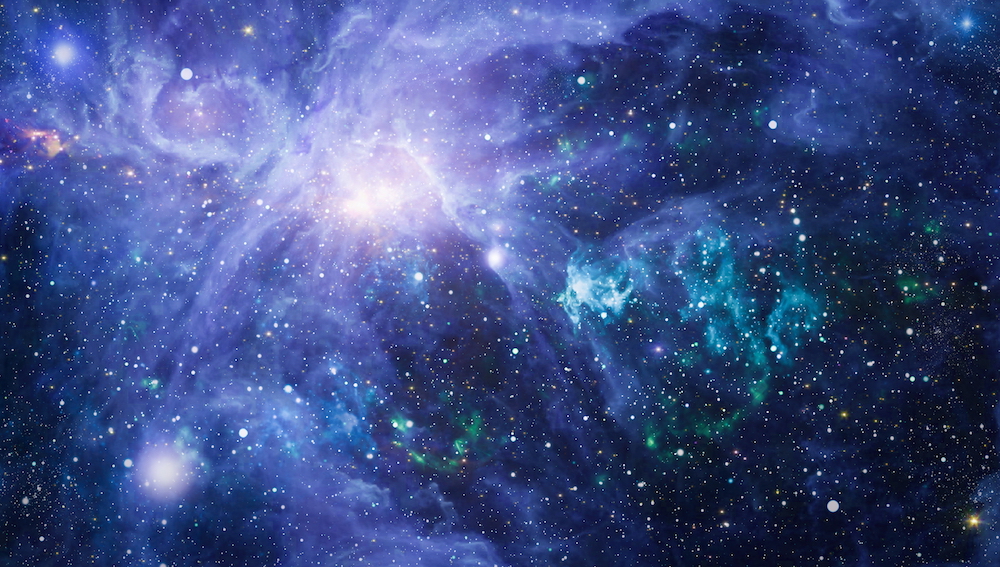
Scientists analyze largest map of the universe ever created — and it proves Einstein right yet again
By Ben Turner published
The largest survey of our universe ever conducted suggests that it closely matches the model most favored by cosmologists. It's unclear what this means for alternative theories attempting to explain bizarre discrepancies.
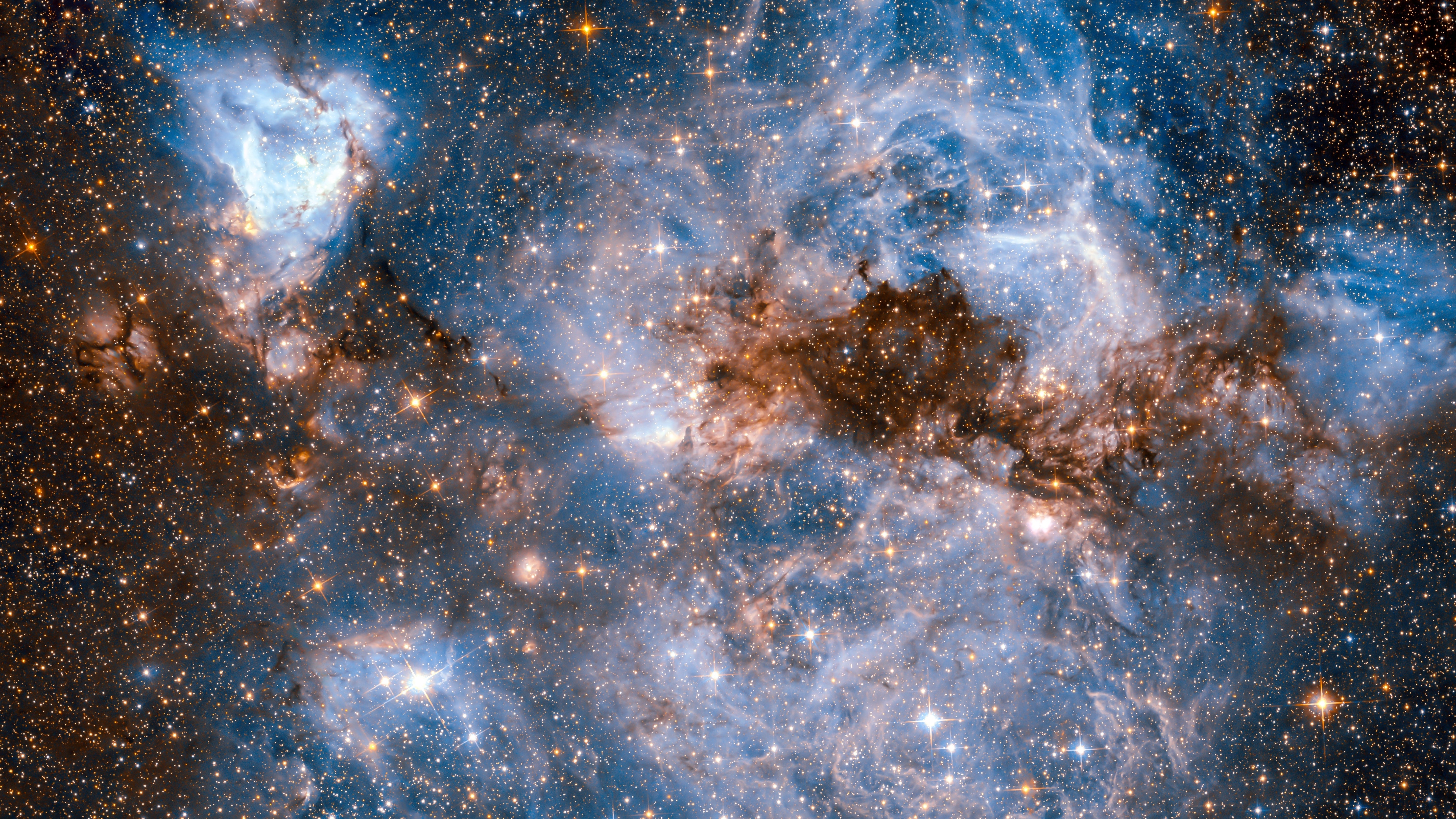
'The bottom line is, I told you so': JWST observations upend standard model of how galaxies form, new study claims
By Ben Turner published
The James Webb Space Telescope's discovery of unusually bright and massive galaxies soon after the Big Bang has cast doubt on the standard model of galaxy evolution and bolstered a rival theory for how physics may work on large scales, according to a team of astronomers.
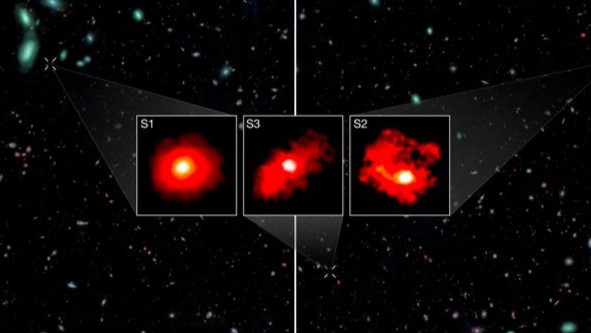
James Webb Space Telescope discovers mysterious 'red monster' galaxies so large they shouldn't exist
By Ben Turner published
The James Webb telescope has spotted three gigantic "red monster" galaxies that were spawned soon after the Big Bang. They're so large they could rewrite the laws of galactic evolution.
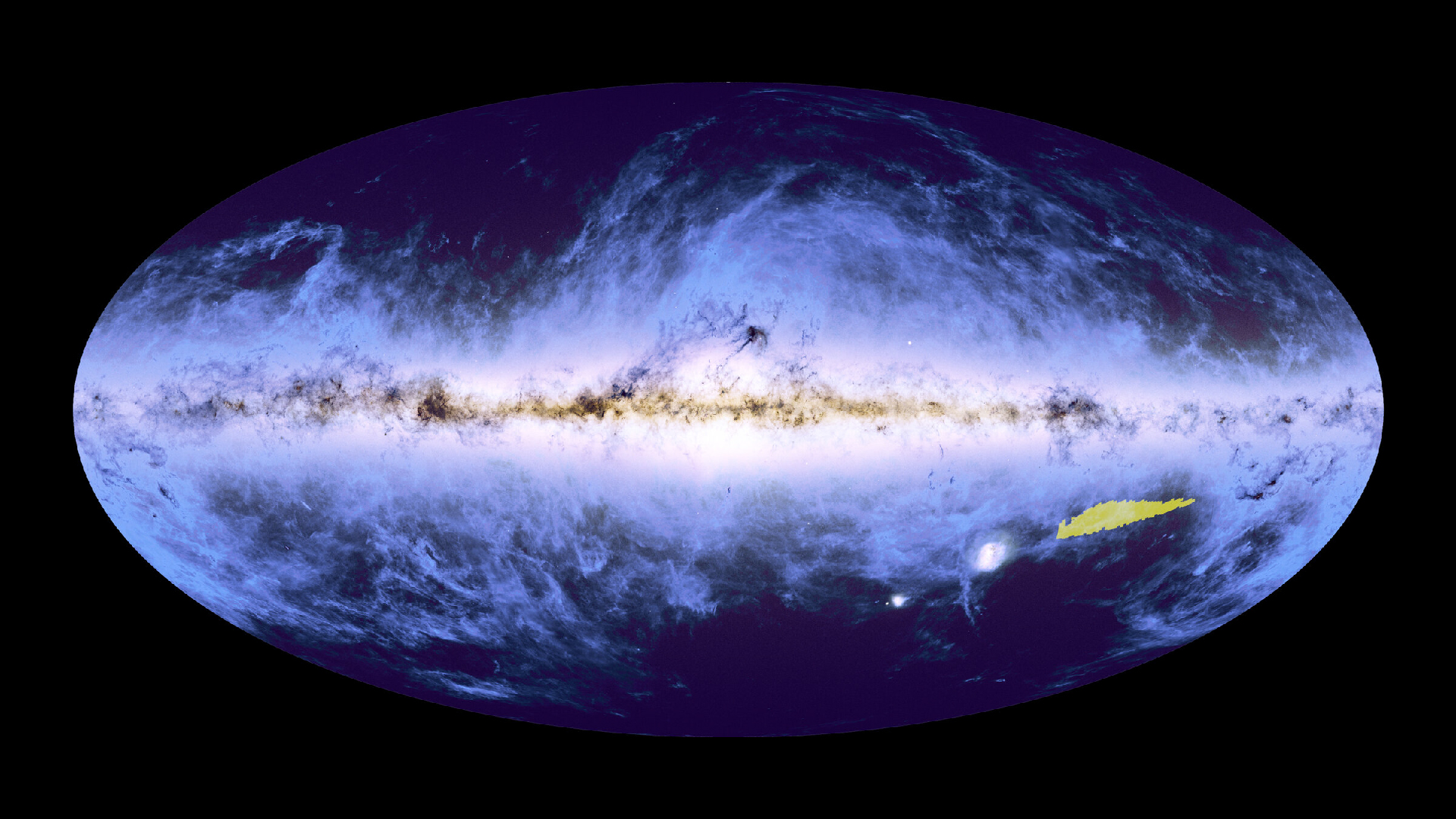
Euclid telescope reveals 1st section of largest-ever 3D map of the universe — and there's still 99% to go
By Ben Turner published
The first piece of the Euclid space telescope's map of the universe is crammed with 14 million galaxies and 100 million sources of light. The mapping project is now 1% done.
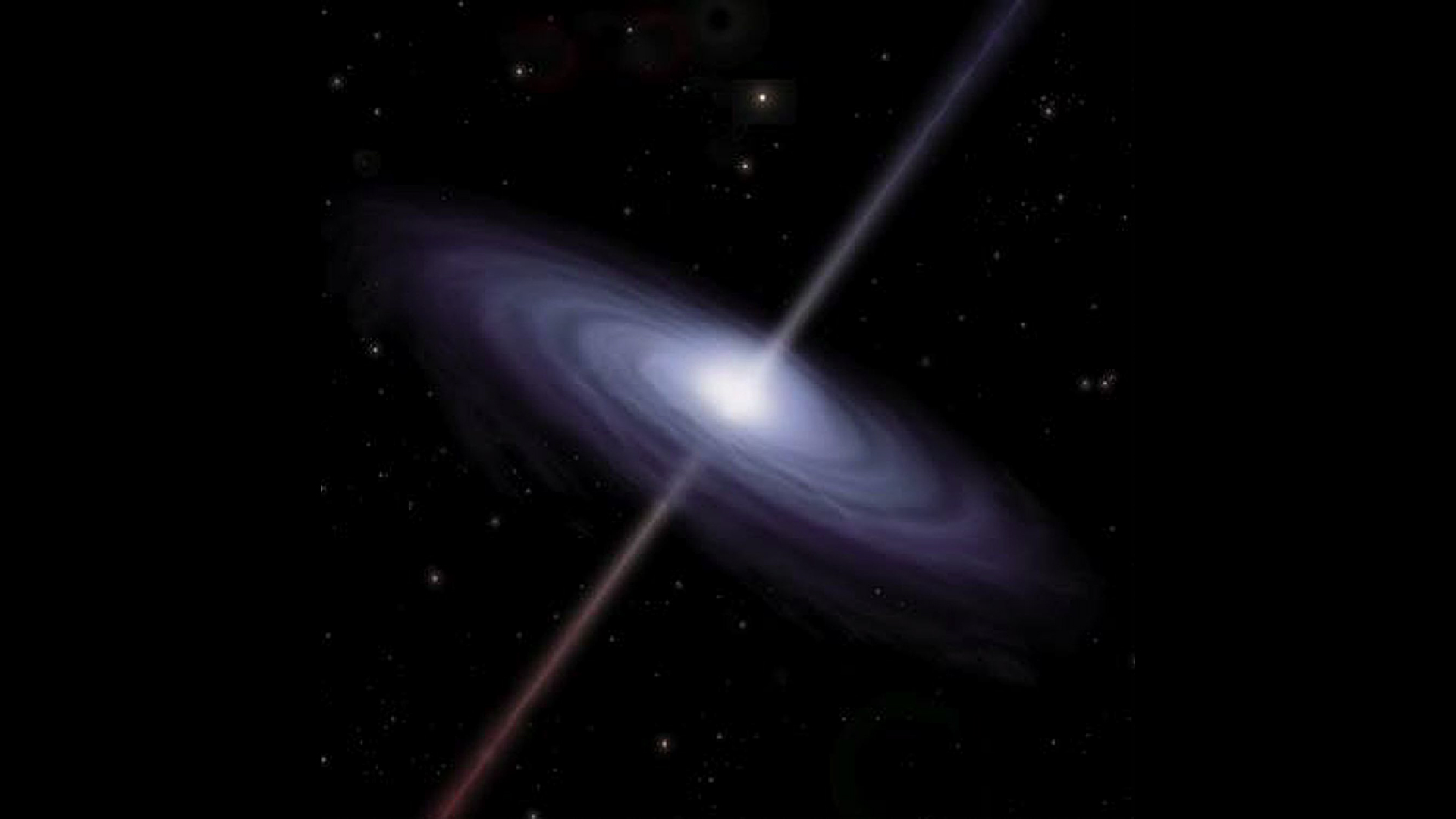
Black holes from the universe's infancy could reveal invisible matter
By Paul Sutter published
New theoretical research suggests primordial black holes could one day help researchers locate invisible dark matter.
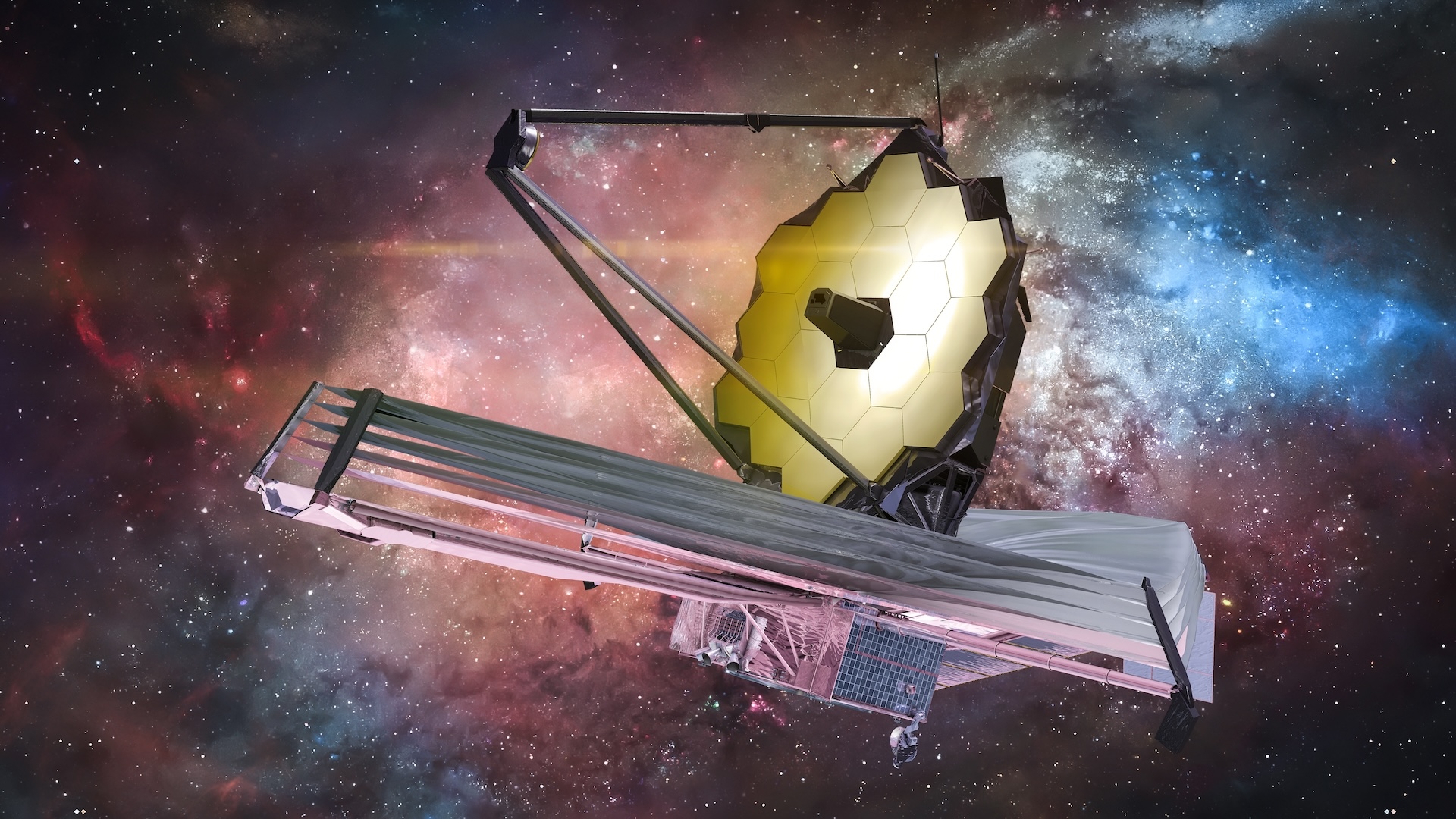
Are we wrong about the age of the universe? The James Webb telescope is raising big questions.
By Sandro Tacchella published
Some of the earliest galaxies found with JWST are also the brightest. That's a problem for our ideas about the universe.
Get the world’s most fascinating discoveries delivered straight to your inbox.

